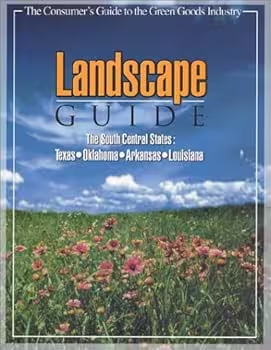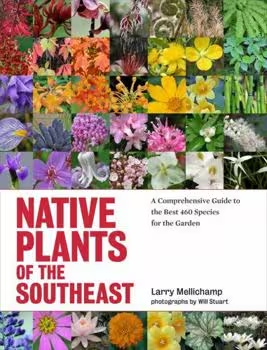Tom Clote’s “Landscape Guide: The South-Central States Texas, Oklahoma, Arkansas, and Louisiana” attempts to be a broad stroke overview of landscaping within a region of considerable ecological and climatic diversity. While the ambition is commendable, the execution reveals a somewhat uneven approach, resulting in a guide that is ultimately more serviceable than definitive.
Clote’s primary challenge lies in the sheer breadth of his subject matter. Encompassing four states, each with distinct microclimates, soil types, and native flora, necessitates a delicate balance between generalization and specificity. While he commendably attempts to address the regional variations, the resulting content often feels diluted, lacking the depth required for truly informed landscaping decisions.
The book’s strength lies in its comprehensive coverage of plant selection. Clote provides a wide array of recommended species, encompassing trees, shrubs, perennials, and groundcovers. He acknowledges the importance of adapting plant choices to local conditions, offering guidance on drought tolerance, heat resistance, and soil preferences. However, the information provided is often cursory, lacking the detailed cultivation advice that experienced gardeners require.
The sections on landscape design principles are similarly broad. Clote touches upon key concepts such as site analysis, plant placement, and water conservation. However, he fails to delve into the specific challenges and opportunities presented by the South-Central states’ unique landscapes. The discussion of soil types, for instance, is overly generalized, neglecting the nuances of clay soils in Arkansas, sandy soils in Texas, or the alluvial soils of Louisiana.
The book’s treatment of water conservation, a critical issue in this region, is adequate but not exceptional. Clote advocates for xeriscaping and efficient irrigation techniques, but he fails to provide in-depth guidance on rainwater harvesting or greywater systems, which are increasingly relevant in arid and semi-arid climates.
Furthermore, the book’s visual presentation is somewhat underwhelming. The photographs, while generally of good quality, lack the vibrancy and contextual depth that would truly inspire and inform readers. The absence of detailed plant illustrations or landscape design diagrams further diminishes the book’s visual impact.
The regional scope, while ambitious, creates an issue in depth. For example, the unique challenges of landscaping in the bayous of Louisiana are glossed over, as are the high plains of Texas. This leaves a great deal to be desired for someone looking for state-specific information.
In conclusion, “Landscape Guide: The South-Central States” is a serviceable introduction to landscaping in the region, offering a broad overview of plant selection and design principles. However, its lack of depth, generalized approach, and underwhelming visual presentation prevent it from achieving its full potential. While it may serve as a useful starting point for novice gardeners, more experienced cultivators will likely find it lacking in substance and specificity.





Reviews
There are no reviews yet.